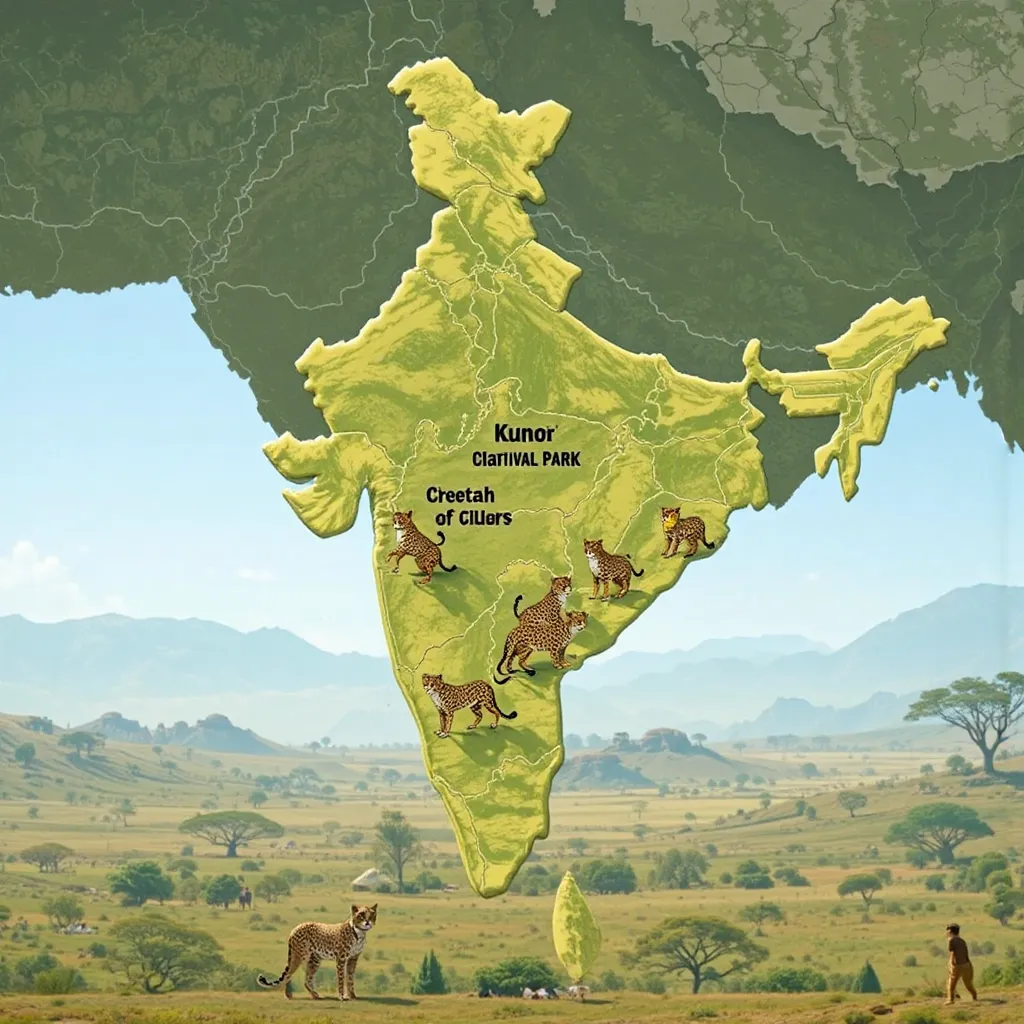storu Indian cheetah animal
Okay, here’s a story about an Indian cheetah:
Once upon a time, in the vast grasslands of India, lived a swift and graceful cheetah. This wasn’t just any cheetah; it was one of the last of its kind in India, a descendant of the Asiatic cheetah that once roamed freely. Her name was Asha, meaning “hope” in Hindi. Asha was known for her incredible speed and cunning hunting skills, essential for survival in the ever-changing landscape.
One day, while chasing a nimble gazelle, Asha stumbled upon a hidden valley she had never seen before. Lush greenery and a sparkling stream filled the valley, a stark contrast to the dry grasslands she was accustomed to. As she explored this newfound paradise, she realized it could be a safe haven, a place where she could thrive and perhaps even start a family.
But the valley wasn’t without its challenges. Other animals, like cunning jackals and territorial leopards, also sought refuge there. Asha had to use all her wit and agility to protect her territory and secure her place in this new ecosystem. She learned to cooperate with some, like the gentle deer, and outsmart others, like the scavenging vultures.
As the seasons changed, Asha grew stronger and wiser. She became a symbol of resilience and adaptability, a testament to the enduring spirit of the Indian cheetah. Her story echoed through the grasslands, a reminder that even in the face of adversity, hope can always be found in the most unexpected places.

what is the actual number of chhetah i n india
The actual number of cheetahs in India is a complex issue. Cheetahs were declared extinct in India in 1952. However, there’s an ongoing reintroduction program. As of now (late 2023/early 2024), there are a small number of cheetahs in India, translocated from Namibia and South Africa. The exact number fluctuates due to births and deaths, but it’s currently a small, managed population within specific national parks. It’s not a naturally occurring, wild population yet.

what initatives taken from indian government for this wild animal
The Indian government has launched several initiatives to support the cheetah reintroduction program and wildlife conservation in general. Here are some key efforts:
- Project Cheetah: This is the primary initiative focused on bringing cheetahs back to India. It involves translocating cheetahs from southern Africa (Namibia and South Africa) to suitable habitats in India, primarily Kuno National Park in Madhya Pradesh. The project includes habitat management, anti-poaching measures, and monitoring of the reintroduced cheetahs.
- National Tiger Conservation Authority (NTCA): While focused on tigers, the NTCA’s expertise and infrastructure in wildlife management and conservation are valuable for the cheetah project. The NTCA helps in monitoring, research, and protection efforts within protected areas.
- Wildlife Protection Act, 1972: This act provides a legal framework for the protection of endangered species, including cheetahs. It prohibits hunting, trade, and other activities that threaten wildlife.
- Compensatory Afforestation Fund Management and Planning Authority (CAMPA): CAMPA funds, collected as compensation for forest land diverted for development projects, are used for afforestation and habitat improvement, which benefits wildlife, including cheetahs.
- Protected Area Network: India has a network of national parks and wildlife sanctuaries that provide safe havens for wildlife. Kuno National Park, where the cheetahs have been reintroduced, is part of this network.
- Community Participation: The government encourages local communities to participate in conservation efforts through awareness programs, eco-tourism initiatives, and providing alternative livelihood options to reduce dependence on forest resources.
- International Collaboration: The Indian government collaborates with international organizations and experts in cheetah conservation to share knowledge and best practices.







